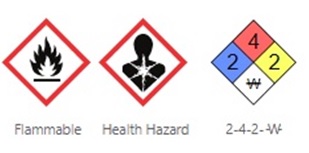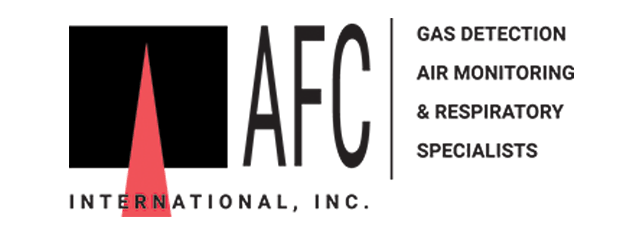Chemical of the Month - Vinyl Chloride

What is Vinyl Chloride?
Vinyl Chloride is a colorless gas with a sweet odor. It is very flammable and is often shipped as a liquid gas under it’s own vapor pressure.
Vinyl Chloride also maybe known as; chloroethene, chloroethylene, and ethylene monochloride.
Vinyl Chloride is very flammable with a flash point of -110°F. When heated to decomposition, it emits highly toxic fumes of carbon dioxide, carbon monoxide, hydrogen chloride and phosgene.
Uses:
Vinyl Chloride is used in the production of polyvinyl chloride, which is used in the manufacturing of plastics, adhesives and other chemicals. Common items include PVC pipes, wire and cable coatings and packaging materials.
Health Effects:
Vinyl Chloride is a known carcinogen and is linked to increased risk of liver cancer, mainly angiosarcoma of the liver, but is also linked to brain cancer, lung cancer, lymphatic cancer and hematopoietic cancer. Exposure to high concentrations may cause dizziness, anesthesia, lung irritation, frostbite, and potential death could occur.
Prolonged exposure to vinyl chloride can cause joint and muscle pain, and scleroderma-like skin changes.
Vapors are heavier than air, which can cause the displacement of air, making this an asphyxiant.
Reported fatal dose in an adult human is 120,000 ppm.
Pulmonary and gastrointestinal absorption is rapid and does not metabolize in the body quickly. The main route of elimination are exhalation and urinary excretion.

Detection & Recommended PPE
Detection:
Gas chromatography
Vinyl Chloride has an ionization potential of 9.99 eV. A photoionization detector (PID) is an appropriate detection method when using a 10.6 eV lamp.
Gas detector tubes provide a simple measurement of chemicals in gas samples. The tubes are pre-calibrated, take only a few minutes to complete sampling, and the concentration is read directly from the length of color stain.
Kwik Draw Vinyl Chloride Detector Tube
Uniphos Vinyl Chloride Detector Tube
NextTeq Vinyl Chloride Detector Tube
In non emergency settings, a vinyl chloride detection badge may also be used to detect gas exposures. This route requires the user to wear a badge for up to 24 hours, and then sending it into a lab for analysis. This process can take up to two-weeks.
Vinyl Chloride Detection Badge
Recommended PPE
NIOSH
At concentrations above the NIOSH REL, or where there is no REL, at any detectable concentration:
(APF = 10,000) Any self-contained breathing apparatus that has a full facepiece and is operated in a pressure-demand or other positive-pressure mode
(APF = 10,000) Any supplied-air respirator that has a full facepiece and is operated in a pressure-demand or other positive-pressure mode in combination with an auxiliary self-contained positive-pressure breathing apparatus
Escape:
(APF = 50) Any air-purifying, full-facepiece respirator (gas mask) with a chin-style, front- or back-mounted canister providing protection against the compound of concern
Any appropriate escape-type, self-contained breathing apparatus

